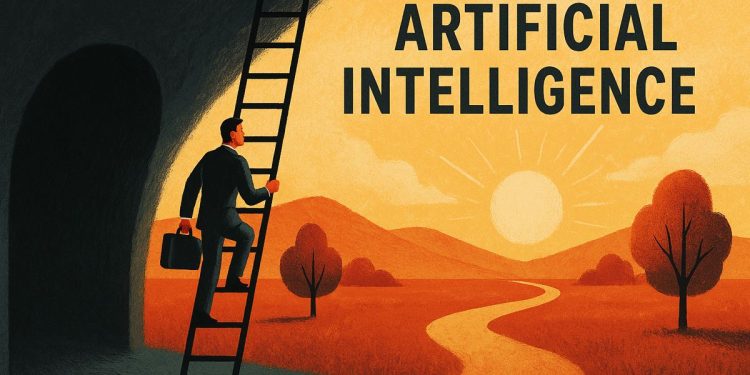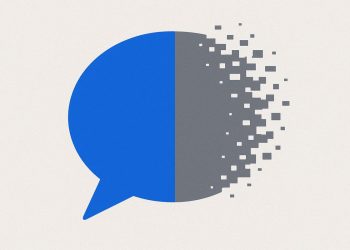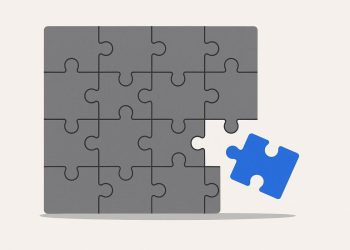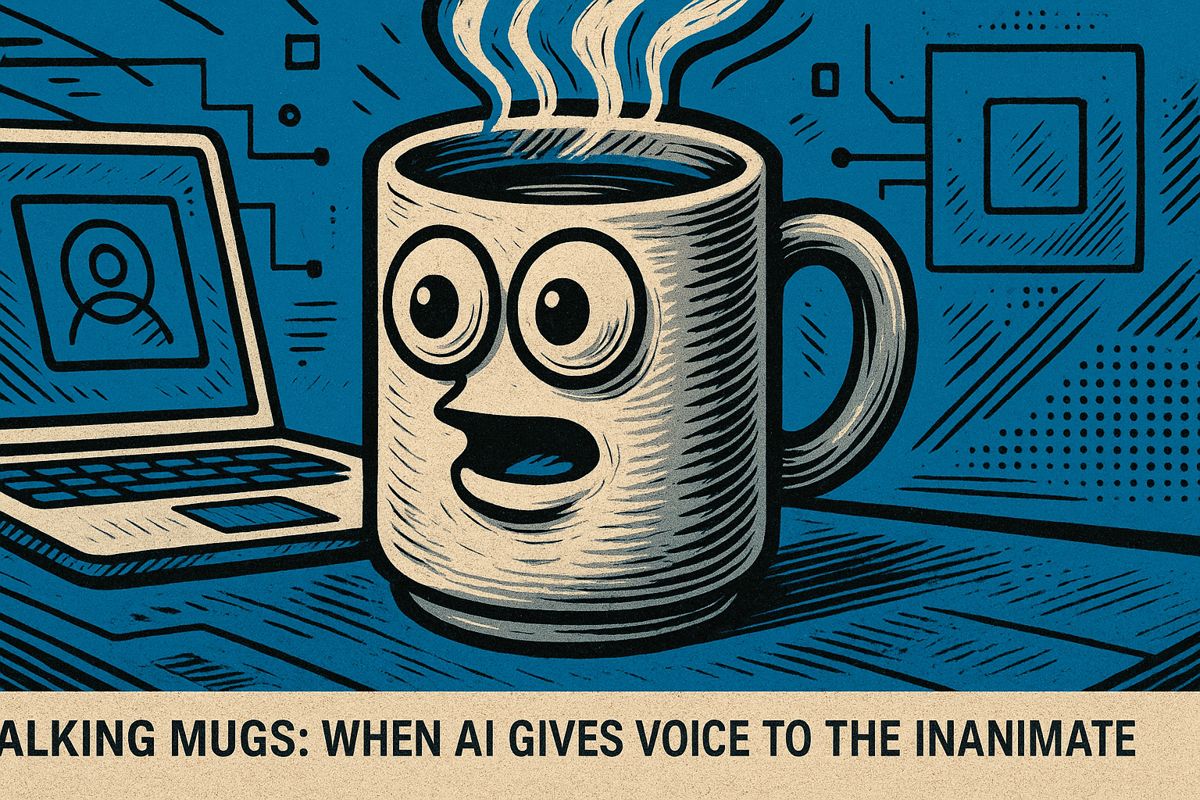LangGraph is a powerful new tool from LangChain that helps developers build smart AI systems where multiple agents can work together, remember things, and make decisions in a clear, organized way. It gives you control over how AI behaves, making sure it works reliably for real businesses. The free LangChain Academy course teaches you step-by-step how to use LangGraph, starting with small projects and moving to large, complex tasks. Big companies like Replit and Ally Financial already use LangGraph to power important AI features. This course is perfect for anyone who wants to create advanced, dependable AI systems in 2025.
What is LangGraph and why is it important for building multi-agent AI systems in 2025?
LangGraph is LangChain’s graph-based orchestration layer that enables developers to build production-grade multi-agent AI systems. It allows agents to loop, branch, and share memory, offering deterministic control over non-deterministic AI behaviors – key for reliable, scalable automation in modern enterprises.
LangChain has quietly shipped the most complete free curriculum on multi-agent AI ever released: Deep Research with LangGraph. In 26 bite-sized lessons (total run time: 1.5 hours) the course walks through everything needed to move from “Hello, LLM” to production-grade systems that can autonomously scope, execute, and refine long-running research tasks.
What is LangGraph – and why it matters in 2025
LangGraph is LangChain’s graph-based orchestration layer. While LangChain excels at chaining prompts, LangGraph adds stateful graphs that let multiple agents loop, branch, and share memory. Think of it as React for agent runtimes: you define nodes (agents, tools, human checkpoints) and edges (conditions, loops, parallel paths). The result is deterministic control over non-deterministic behaviour.
Course snapshot
| Section | What you’ll build | Core skill gained |
|---|---|---|
| 1. Foundations | A mini email-assistant with persistent memory | Graph primitives & state management |
| 2. Deep-research agent | Multi-actor agent that writes 1k-word reports | Tool-calling, sub-graphs, map-reduce |
| 3. Observability & tuning | Evaluation harness with LangSmith | Metrics, debugging, and online refinement |
Each lesson is paired with a GitHub repo and a free cloud notebook, so no local setup is required.
Who is already betting on LangGraph
- *Replit * runs code-generation agents on LangGraph in production.
- Ally Financial uses the framework for automated investment-research flows.
- *CyberArk * counts on LangGraph to coordinate security-response bots with strict audit trails.
According to a Gartner note from June 2025, 80 % of enterprises now deploy AI agents, and LangGraph is the fastest-growing choice among teams that need stateful orchestration.
Tackle the two hardest problems – persistence and observability
Most tutorials stop at “invoke a chain”. The LangGraph course doubles down on the gaps that break systems in the real world:
- Persistence layer – agents can crash, reboot, or be scaled horizontally without losing context.
- *Observability * – every step is streamed to LangSmith for step-level latency, cost, and correctness tracking.
Pricing & access
Every lesson, notebook, and template is 100 % free at LangChain Academy. No paywall, no lock-in.
If you’ve built single-turn bots and want to graduate to reliable, long-running research and automation systems, this course is the shortest path to mastery in 2025.
What exactly is LangGraph and why is it becoming the default choice for multi-agent teams?
LangGraph is a graph-based framework for orchestrating long-running, multi-agent AI workflows. Instead of forcing every interaction into a straight line, developers model their tasks as nodes (individual agents or tools) and edges (the logic that decides what happens next). The graph can loop, wait, or skip steps based on real-time information – something linear chains simply cannot do.
This flexibility is why 51 % of enterprises now use LangGraph or similar graph frameworks in production (Gartner, 2025) compared to only 27 % two years ago.
How does the new free “Deep Research with LangGraph” course teach production-grade skills?
The 26-lesson, 1.5-hour course available at LangChain Academy walks you through building a deep-research agent capable of:
- Coordinating multiple specialized agents (query analyst, report writer, validator)
- Persisting state across days or weeks so research resumes exactly where it left off
- Integrating with external tools through the new Multi-Component Protocol (MCP)
Each lesson includes hands-on projects, and the final agent is benchmarked live with LangSmith observability, giving learners production-grade debugging experience.
Which real companies are already running LangGraph multi-agent systems and what results have they seen?
- Replit – automates code review, testing and deployment via a six-agent LangGraph pipeline, cutting average PR turnaround time by 34 %.
- Ally Financial – runs a compliance multi-agent system that reads regulatory updates and flags impacted loan products 24 hours faster than manual review.
- Komodo Health – built LangGraph agents for HIPAA-compliant data summarization, reducing analyst preparation time from 3 hours to 18 minutes per case.
Across the board, enterprises report ≥ 40 % reduction in operational escalations after switching from rule-based bots to LangGraph agents.
How does LangGraph compare to CrewAI, AutoGen and OpenAI Swarm when it comes to building robust AI agents?
| Framework | Best for | Unique Strength | Known Limitation |
|---|---|---|---|
| LangGraph | Complex, stateful, production workflows | Cyclical logic, native persistence, LangSmith observability | Steeper learning curve |
| CrewAI | Quick MVPs and research demos | Role-based hierarchy, beginner-friendly | Hard to customize beyond templates |
| AutoGen | Conversational experiments | Dynamic multi-turn dialogue between agents | No built-in persistence layer |
| OpenAI Swarm | Lightweight prototypes | Minimal boilerplate, experimental | Not production-ready, no persistence |
In short: if you need reliability and observability at scale, LangGraph is the only option that ticks every box.
What five patterns should every LangGraph developer know to keep multi-agent systems from breaking in production?
- Use the persistence layer – Always checkpoint after each step so an agent can resume after a crash or human interruption.
- Set LangSmith evaluators – Define pass/fail metrics (latency, hallucination rate) and get alerts before users do.
- Design small, single-purpose agents – Keeps graphs readable and reduces blast radius when one agent misbehaves.
- Implement circuit-breaker edges – After N retries, route to human review instead of letting the loop spin forever.
- Version your graphs – Store graph configuration in Git; roll back quickly when a new edge causes drift from expected behavior.
Teams that follow these patterns report uptime above 99.5 %, compared to an average of 96 % for teams that do not.



















